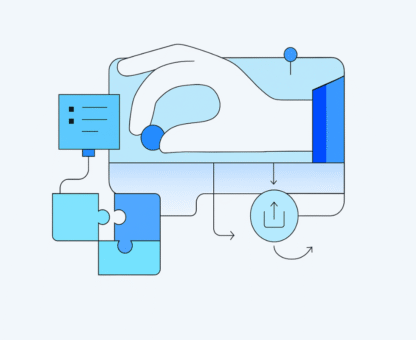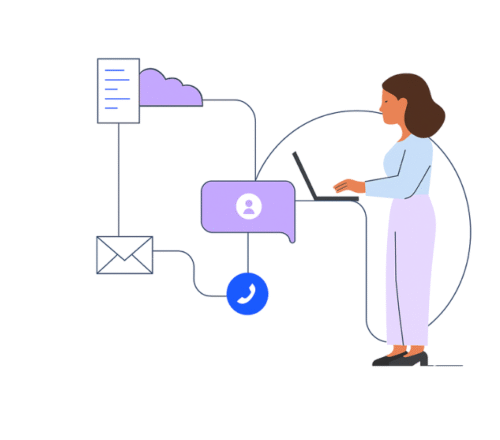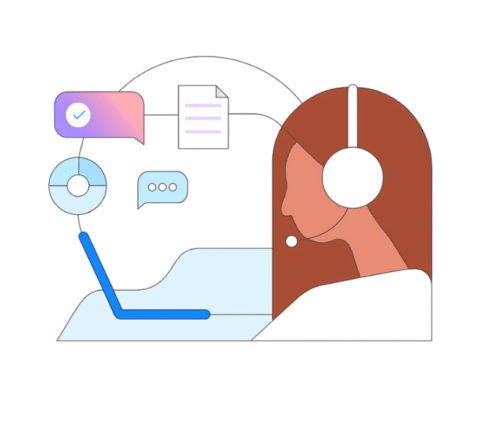Put Generative AI to work for your business
Enterprise-ready solutions supercharged by IBM!

Ride the AI wave with IBM's cutting-edge solutions
Get Hands-on with watsonx - IBM's Next-Gen AI and Data Platform.
According to a report by McKinsey Global Institute, generative AI could create $2.6 trillion in economic value by 2030
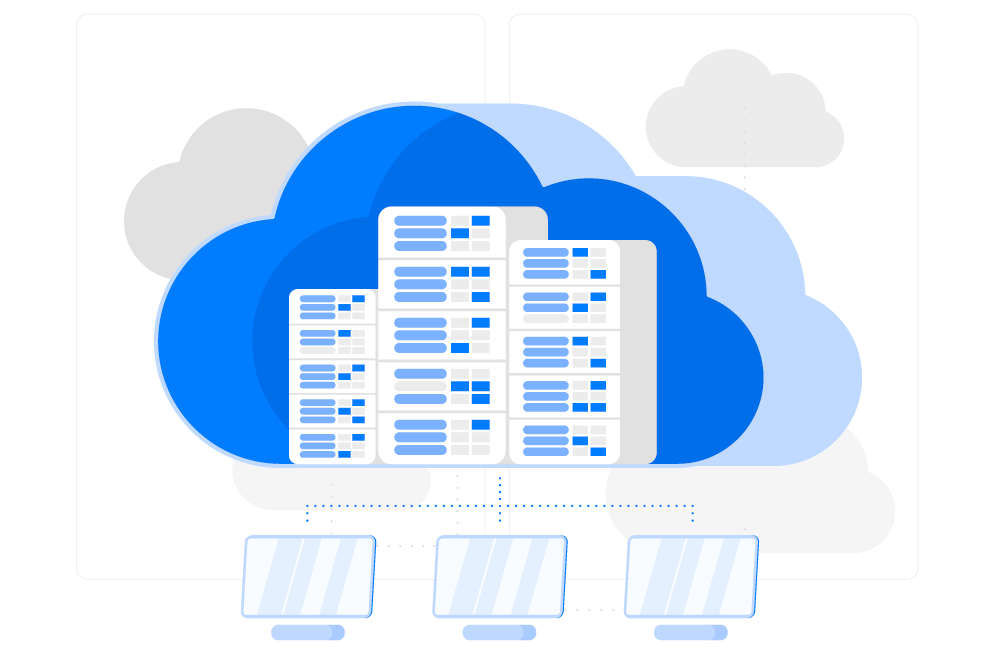
The demand for generative AI skills has grown by 50% in the past year.
(source: linkedin)
(source: linkedin)
Case Studies
Accelerating Digital Innovation with IBM WebSphere Liberty and MicroProfile
Accelerating Digital Innovation with IBM WebSphere Liberty and MicroProfile
A leading European financial institution partnered with Nexright to accelerate application modernization, reduce deployment times, and deliver next-generation banking services using IBM WebSphere Liberty, MicroProfile, and Red Hat OpenShift. This collaboration empowered the bank to launch new services in minutes rather than months—without the need for costly migration.
Business challenge
As consumer expectations evolve, financial institutions face increasing pressure to modernize legacy applications and offer personalized digital experiences.
The bank struggled with:
- Long application deployment cycles.
- High maintenance costs for traditional monolithic systems.
- Limited flexibility to innovate and scale efficiently.
- Compatibility issues between legacy workloads and cloud environments.
To remain competitive, the institution needed a cloud-ready platform that supported rapid innovation, open standards, and zero-downtime modernization—all without disrupting mission-critical banking services.
Solution
Working with Nexright, the bank leveraged IBM WebSphere Liberty and MicroProfile on Red Hat OpenShift to create a flexible, scalable platform for hybrid-cloud banking innovation.
Solution Highlights:
- IBM WebSphere Liberty: Provided a lightweight, modular Java runtime that reduced startup times and simplified cloud deployment.
- MicroProfile APIs: Enabled faster development of microservices using open standards.
- Red Hat OpenShift: Delivered container orchestration and scalability for production-grade applications.
Zero Migration: The bank maintained full compatibility with existing WebSphere applications while shifting toward a cloud-native environment.
Solution components
- IBM WebSphere Liberty
- MicroProfile APIs
- Red Hat OpenShift
Cloud-Native Agility
By adopting containerized microservices, the bank achieved faster updates and easier scaling across digital banking platforms.
Zero-Downtime Modernization
Applications were transitioned to modern architectures without disrupting ongoing operations.
Developer Efficiency
Teams gained the flexibility to build and test new features using open APIs and continuous integration pipelines, significantly reducing release cycles.
Result
- Reduced new feature deployment from months to minutes.
- Achieved zero migration downtime across core banking workloads.
- Increased development speed and innovation agility by 60%.
- Improved resilience and compliance through standardized cloud environments.
By combining IBM WebSphere Liberty with MicroProfile and Red Hat OpenShift, we were able to slash deployment times dramatically. Our teams can now deliver innovative banking services faster than ever—without complex migrations.
— Head of IT Modernization, Leading European Bank
Seamless Multi-Service Integration with IBM Cloud Pak for Integration
Accelerating Digital Innovation with IBM WebSphere Liberty and MicroProfile
A leading European financial institution partnered with Nexright to accelerate application modernization, reduce deployment times, and deliver next-generation banking services using IBM WebSphere Liberty, MicroProfile, and Red Hat OpenShift. This collaboration empowered the bank to launch new services in minutes rather than months—without the need for costly migration.
Business challenge
As consumer expectations evolve, financial institutions face increasing pressure to modernize legacy applications and offer personalized digital experiences.
The bank struggled with:
- Long application deployment cycles.
- High maintenance costs for traditional monolithic systems.
- Limited flexibility to innovate and scale efficiently.
- Compatibility issues between legacy workloads and cloud environments.
To remain competitive, the institution needed a cloud-ready platform that supported rapid innovation, open standards, and zero-downtime modernization—all without disrupting mission-critical banking services.
Solution
Working with Nexright, the bank leveraged IBM WebSphere Liberty and MicroProfile on Red Hat OpenShift to create a flexible, scalable platform for hybrid-cloud banking innovation.
Solution Highlights:
- IBM WebSphere Liberty: Provided a lightweight, modular Java runtime that reduced startup times and simplified cloud deployment.
- MicroProfile APIs: Enabled faster development of microservices using open standards.
- Red Hat OpenShift: Delivered container orchestration and scalability for production-grade applications.
Zero Migration: The bank maintained full compatibility with existing WebSphere applications while shifting toward a cloud-native environment.
Solution components
- IBM WebSphere Liberty
- MicroProfile APIs
- Red Hat OpenShift
Cloud-Native Agility
By adopting containerized microservices, the bank achieved faster updates and easier scaling across digital banking platforms.
Zero-Downtime Modernization
Applications were transitioned to modern architectures without disrupting ongoing operations.
Developer Efficiency
Teams gained the flexibility to build and test new features using open APIs and continuous integration pipelines, significantly reducing release cycles.
Result
- Reduced new feature deployment from months to minutes.
- Achieved zero migration downtime across core banking workloads.
- Increased development speed and innovation agility by 60%.
- Improved resilience and compliance through standardized cloud environments.
By combining IBM WebSphere Liberty with MicroProfile and Red Hat OpenShift, we were able to slash deployment times dramatically. Our teams can now deliver innovative banking services faster than ever—without complex migrations.
— Head of IT Modernization, Leading European Bank
Driving Sustainable Logistics with IBM webMethods Integration
A global logistics and supply chain provider partnered with Nexright to modernize its operations using IBM webMethods Integration Platform. The transformation enhanced data visibility, improved system efficiency, and reduced integration costs — enabling the company to deliver sustainable, transparent, and future-ready logistics services across 170+ global locations.
Business challenge
The logistics industry faced growing complexity driven by global disruptions, rising demand, and sustainability mandates. The company’s legacy systems limited agility, data visibility, and scalability across supply chain operations.
To remain competitive and meet sustainability targets, the organization needed to:
- Integrate over 700 legacy applications into a unified platform.
- Enable seamless communication between internal systems and partners.
- Improve transparency for customers, partners, and regulators.
- Optimize operational efficiency and reduce IT maintenance overhead.
Solution
The company deployed IBM webMethods Integration Platform to create a connected, resilient logistics ecosystem that links applications, processes, and data in real time. This solution unified fragmented systems, improved cross-border collaboration, and laid the foundation for sustainable digital logistics.
Solution Highlights:
- Connected 750+ application interfaces across business units.
- Enabled API-driven integration for real-time supply chain data exchange.
- Provided centralized monitoring for all integrations and workflows.
- Enhanced data visibility and traceability across transport networks.
Solution components
- IBM webMethods Integration Platform
- IBM Cloud Integration Services
- IBM Cloud Pak® for Business Automation
Unified Global Integration Framework
Created a standardized integration layer across all logistics operations, connecting transport, warehousing, finance, and customer management systems.
Sustainability and Efficiency Gains
Reduced paper-based processes, improved route planning, and enabled better tracking and reporting for environmental performance metrics.
Real-Time Visibility and Analytics
Provided customers and partners with real-time tracking, inventory insights, and data-driven decision support through API-enabled dashboards.
Result
- 750+ integrations migrated successfully into a single cloud-based framework.
- 500+ customers onboarded with faster data exchange and improved transparency.
- Enhanced cross-border collaboration and operational efficiency.
- Improved supply chain visibility for regulators and clients.
- Strengthened digital sustainability posture across global logistics operations.
IBM webMethods integration has positioned our logistics organization for the future — ensuring seamless data flow, real-time visibility, and sustainable growth across our global operations.
— Chief IT Officer, Leading Global Logistics Provider
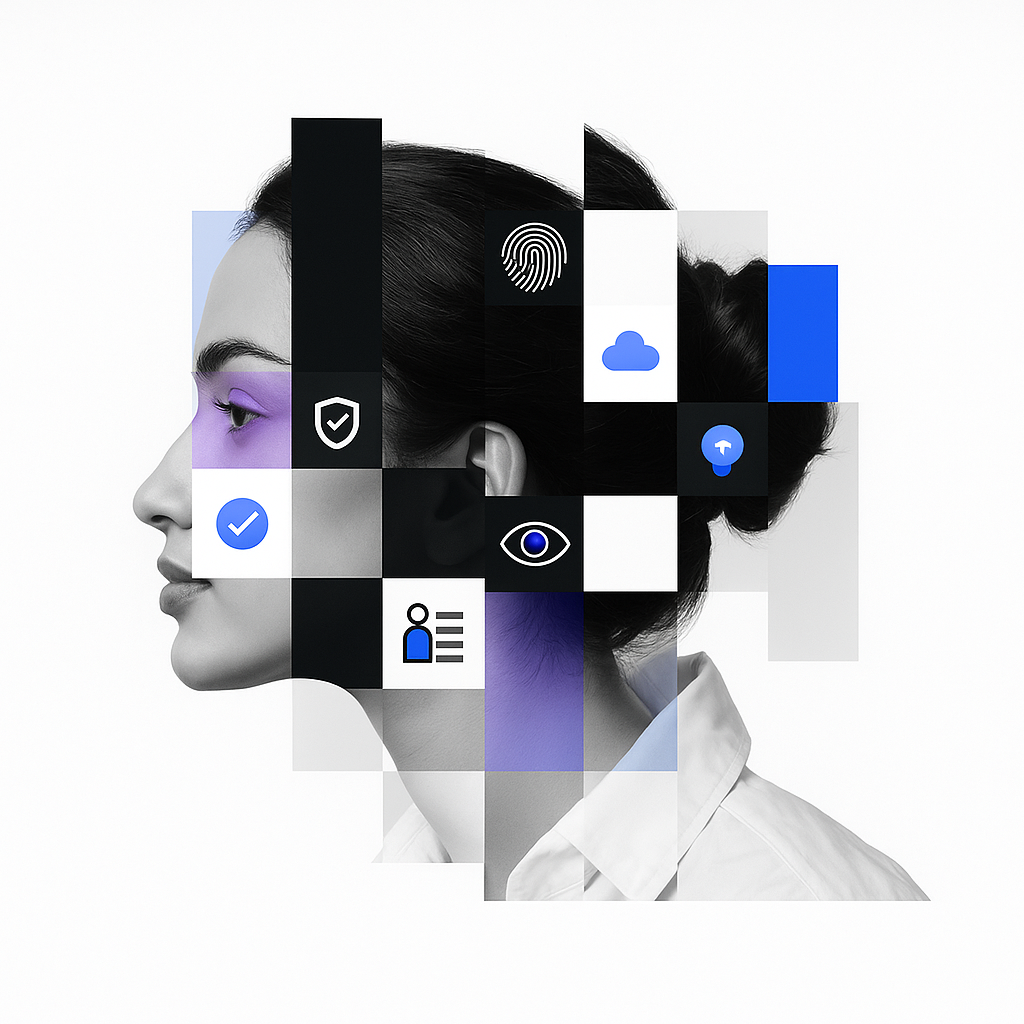
Trusted
IBM Solution Provider
since 2010
Why Nexright?
- Australia's top IBM Products and Services provider aims to optimize your ROI with advanced IBM solutions.
- Our agile approach adapts to changing business conditions.
- We adhere to industry best practices for high-quality solutions.
- Cross-industry experience helps us tackle diverse challenges.
Explore Products
watsonx
Let AI do the heavy lifting for your business with the watsonx family of products. Embrace the power of AI and transform your business with watsonx.
watsonx is a promising new platform that has the potential to democratise AI development. – Gartner
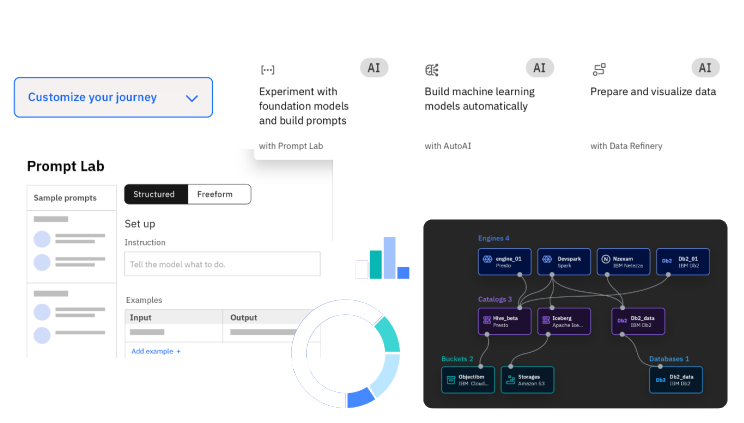
watsonx is a well-designed platform that can help businesses accelerate their AI journey.









